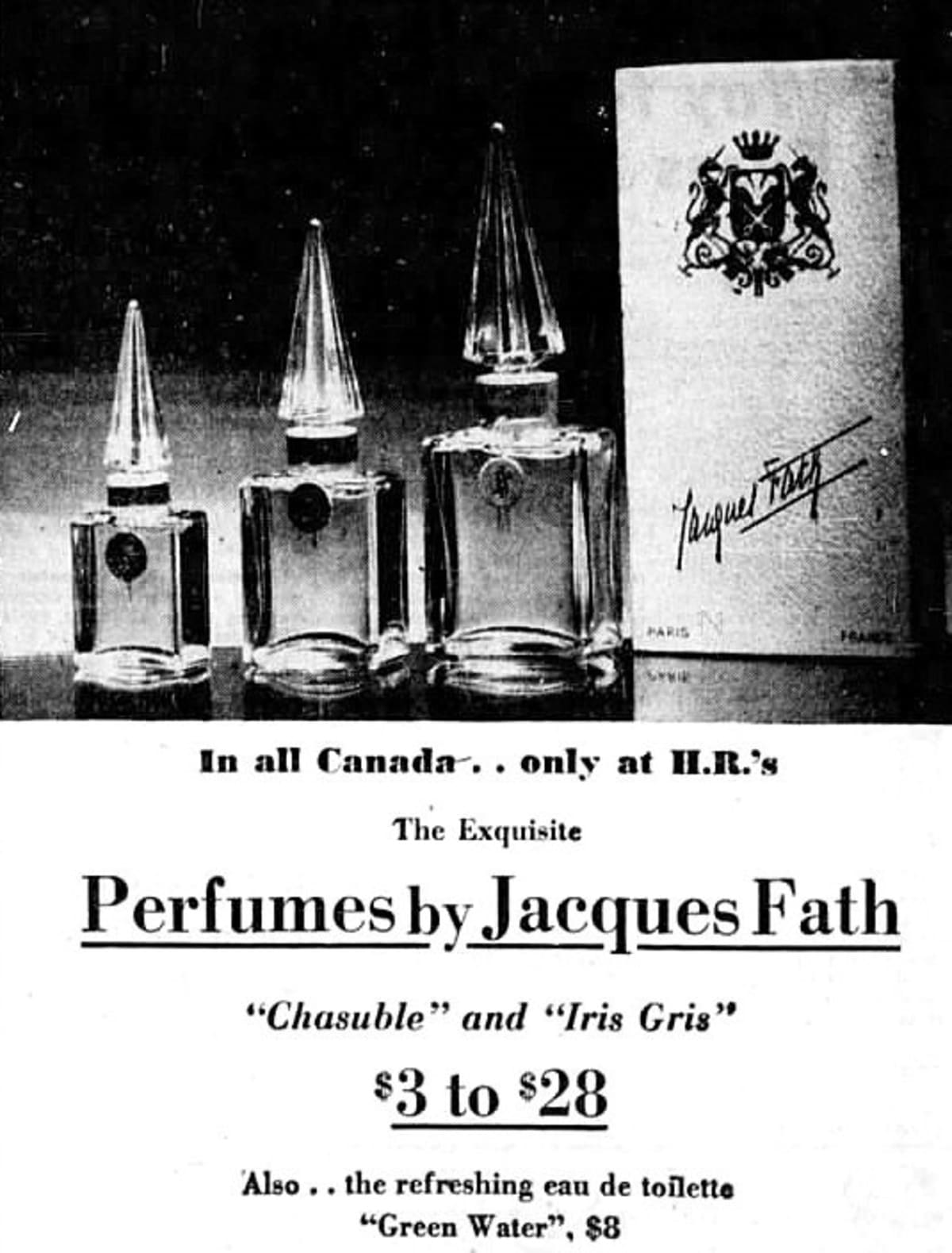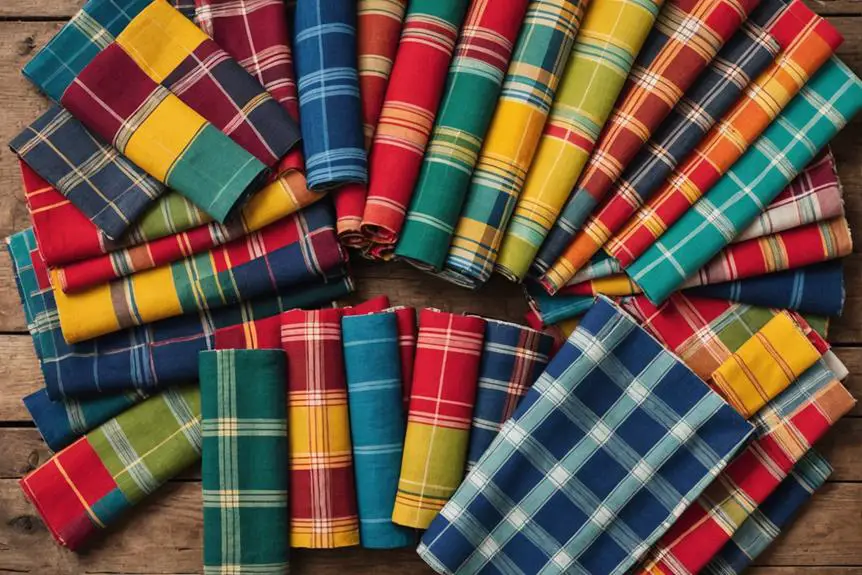Jacques Fath, a name synonymous with French haute couture, emerged as a leading force in the world of fashion during the mid-20th century. Born in 1912, Fath opened his couture house in Paris in 1937, quickly establishing himself as a visionary designer with a unique flair for creating elegant, hourglass silhouettes that flattered the female form. Despite starting with a modest collection of just 20 designs, Fath’s bold creativity and keen understanding of women’s desires catapulted his brand into the limelight. Even during the turbulent years of World War II, his fashion house remained operational, showcasing his resilience and the enduring appeal of his designs.
The post-war years marked a period of significant growth and innovation for the Jacques Fath brand. In 1949, Fath made a pioneering move by partnering with American manufacturer Joseph Halpert to produce ready-to-wear collections. This collaboration was one of the first instances where a high-end couturier ventured into the ready-to-wear market, effectively bridging the gap between exclusive haute couture and accessible fashion. Fath’s designs during this era were characterized by their luxurious materials, intricate details, and a distinctive use of pleats and low necklines, all of which contributed to his reputation as a master of the craft.
After Fath’s untimely death in 1954, his widow took the reins of the fashion house, continuing his legacy until its closure in 1957. The brand, however, was far from forgotten. In 1992, Jacques Fath was relaunched, initially under the direction of Tom van Lingen, and continued to evolve through various creative leads over the years. Today, the brand is celebrated not only for its vintage pieces but also for its contributions to the evolution of modern fashion. Jacques Fath remains a testament to the enduring allure of classic French couture, with its rich history woven into every garment and accessory that bears its name.
1996 Jacques Fath Fall Show
How to tell if Jacques Fath is vintage from the logo
Jacques Fath, an iconic French fashion designer, has seen his brand’s logo evolve over the decades while maintaining a distinct elegance that reflects the brand’s heritage. The changes in the logo offer insight into the era of the clothing, making it easier to identify vintage Jacques Fath pieces. Below is a guide on how to distinguish between different eras of Jacques Fath logos based on the images provided.
1940s to 1980s Jacques Fath logo
- The logo from this era prominently features a detailed coat of arms, including two standing lions flanking a shield with a crown on top.
- The text “JACQUES FATH PARIS” is displayed below the emblem in an elegant, serif font.
- This logo is elaborate, reflecting the classic and luxurious nature of the brand during this period.
- The use of heraldic imagery is a strong indicator that the item dates from the mid-20th century.
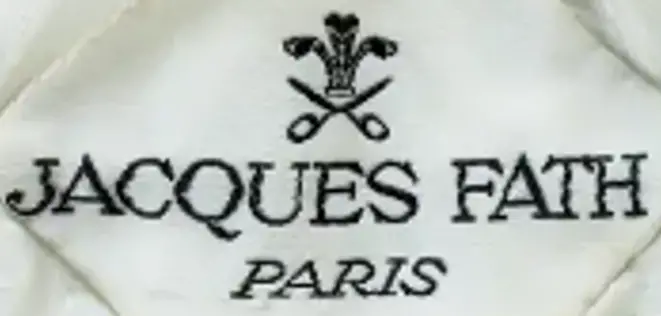
1940s to 1980s Jacques Fath logo
1980s to now Jacques Fath logo
- The more recent logo is simplified, focusing on a minimalistic design while retaining key elements like the crown and scissors emblem.
- The text “JACQUES FATH PARIS” is again present, but the font is slightly less ornate, reflecting a modern update while still retaining a classic feel.
- This logo indicates a piece from the late 20th century to the present, with its clean and simplified design pointing to the brand’s evolution towards contemporary elegance.
- Despite the simplification, the logo still carries the brand’s luxurious heritage through its key symbolic elements.
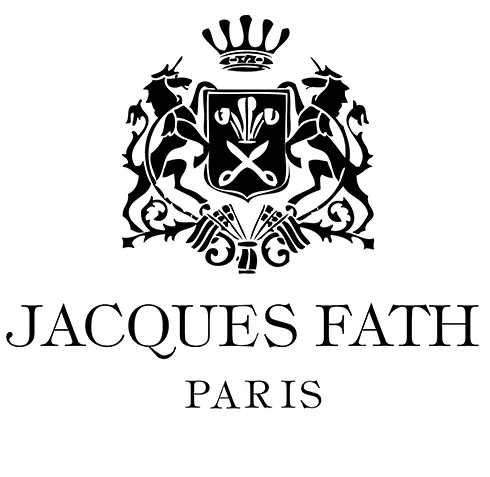
1980s to now Jacques Fath logo
How to tell if Jacques Fath is vintage from the tags
Jacques Fath, a renowned French fashion designer, established his brand in the early 20th century and became a significant figure in haute couture. Over the decades, the tags on Jacques Fath garments have evolved, reflecting the changing styles and branding strategies of the fashion house. By examining the tags, one can identify the era in which a particular garment was produced. Below is a guide to help you identify vintage Jacques Fath pieces based on their tags, categorized by the era.
Can’t figure out your vintage tags or labels? Upload a picture on our vintage tag identification page, and we’ll assist you!
1940s vintage Jacques Fath tags
- Tags often featured a simplistic, classic design.
- Black or white backgrounds with “JACQUES FATH PARIS” in serif font.
- Occasionally accompanied by a small emblem or fleur-de-lis, typical of 1940s fashion branding.
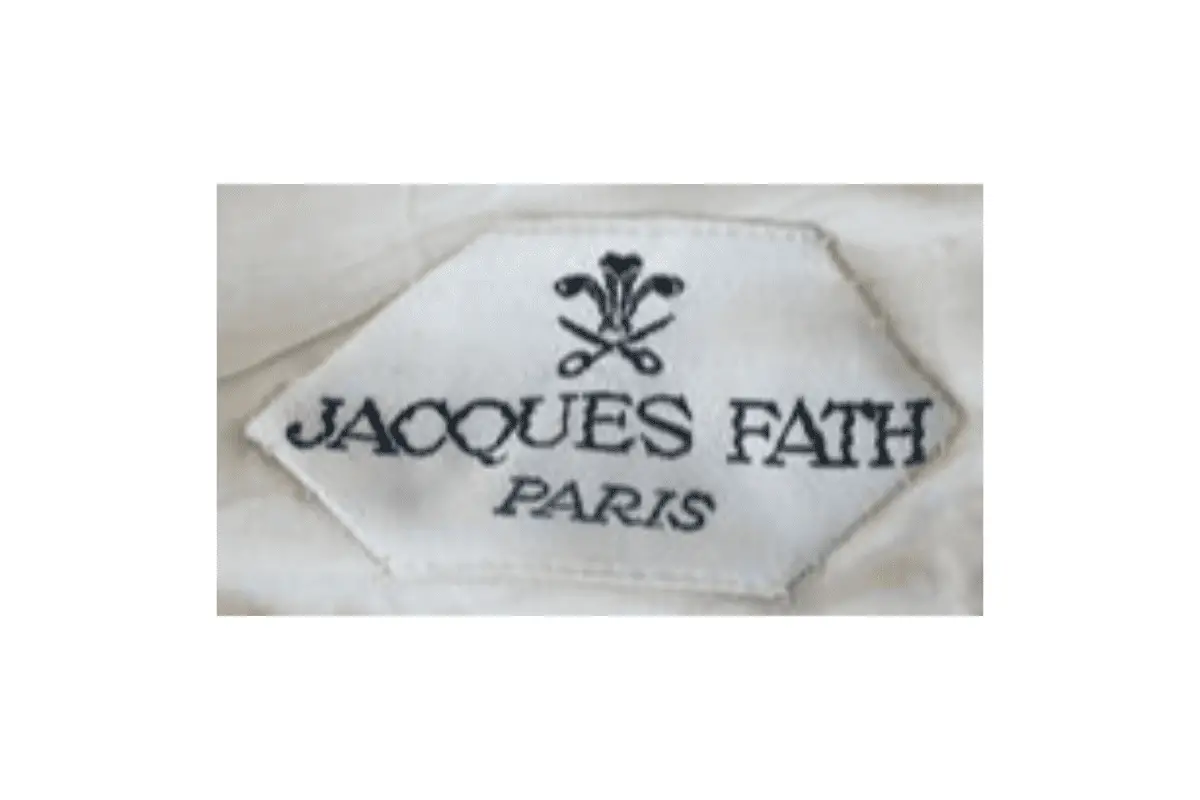
1940s Jacques Fath tags
1950s vintage Jacques Fath tags
- Elegant tags with “JACQUES FATH PARIS” prominently displayed.
- Tags could be white or cream with gold or black lettering, giving them a luxurious feel.
- Some tags included additional information about the garment’s production or origin, especially for American markets.
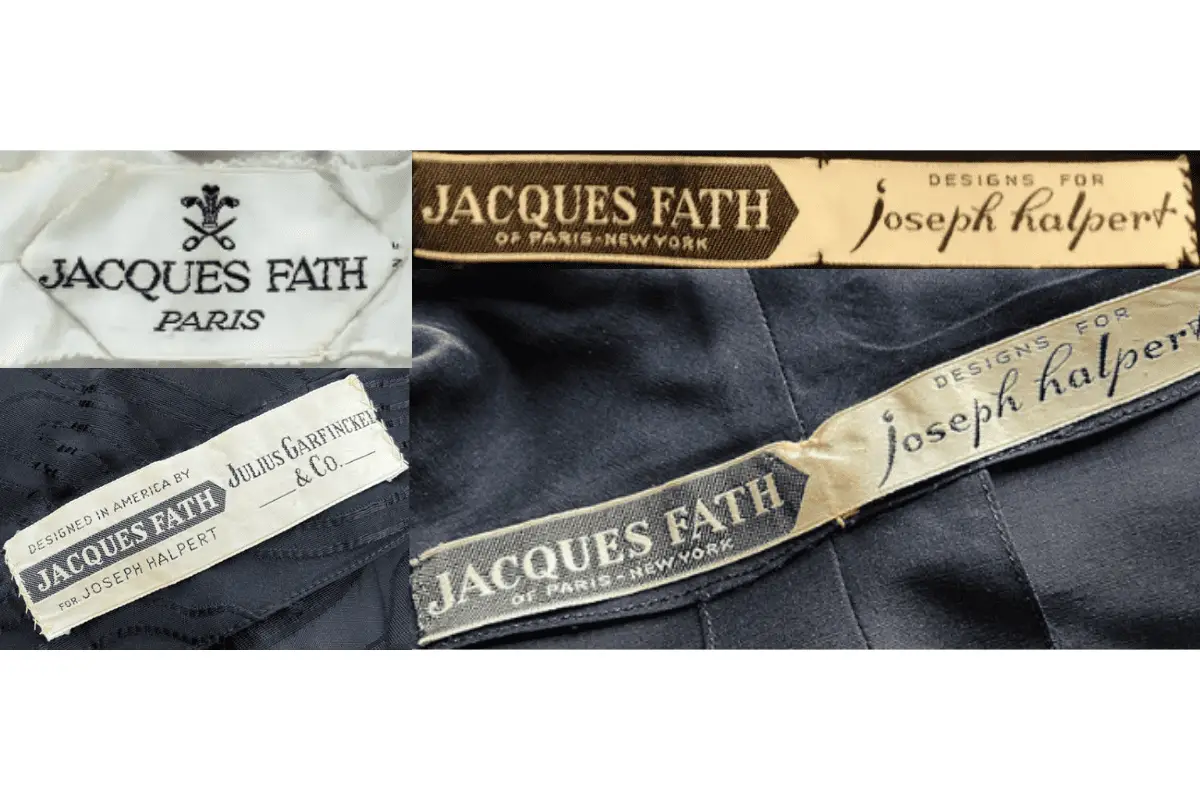
1950s Jacques Fath tags
1960s vintage Jacques Fath tags
- Modernized design with bold fonts, still maintaining the classic “JACQUES FATH PARIS” logo.
- Introduction of more varied tag materials, including satin and silk-like fabrics.
- Occasionally, the tags would feature additional branding, such as “designed for” or collaborations with American designers or stores.
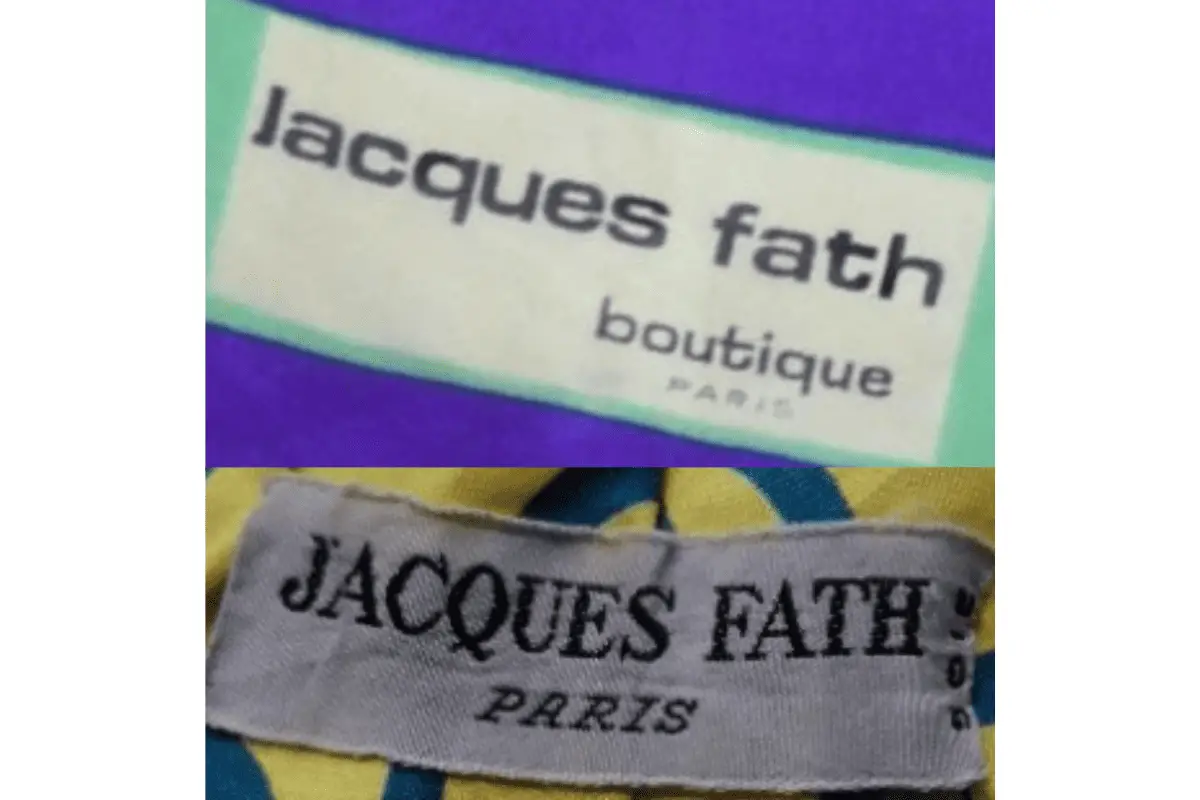
1960s Jacques Fath tags
1970s vintage Jacques Fath tags
- Tags often had a more minimalist approach, reflecting the era’s fashion trends.
- Use of simple, sans-serif fonts for a modern appearance.
- Some tags from this era included the word “boutique” to signify a more exclusive line.
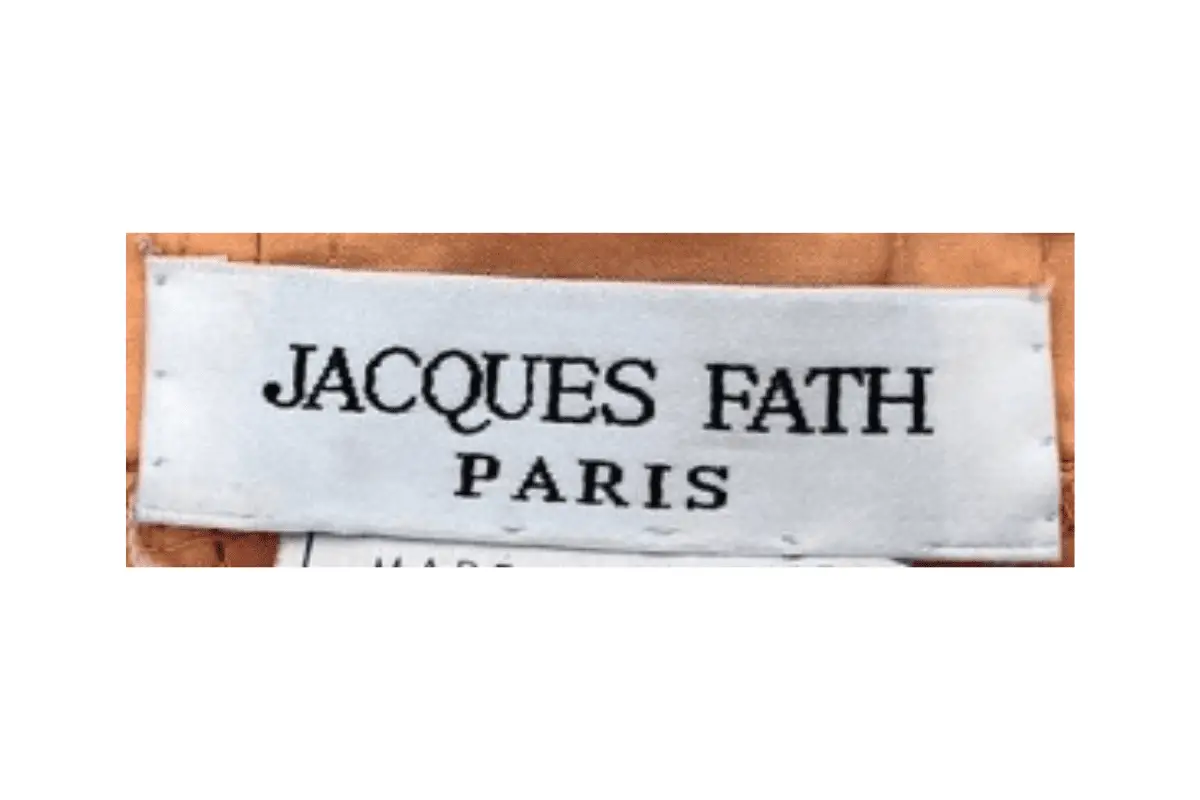
1970s Jacques Fath tags
1980s vintage Jacques Fath tags
- Return to bolder, more prominent logos, reflecting the 1980s’ love for statement branding.
- Dark background tags with contrasting white or silver lettering were common.
- Tags often included additional details like fabric origin or care instructions.

1980s Jacques Fath tags
1990s vintage Jacques Fath tags
- Sleek, sophisticated designs with a focus on high-end materials for tags, like satin and silk.
- Fonts became slimmer and more refined, with a return to simpler, classic branding.
- Tags often featured minimalistic designs, sometimes just “JACQUES FATH PARIS” in an elegant serif font.
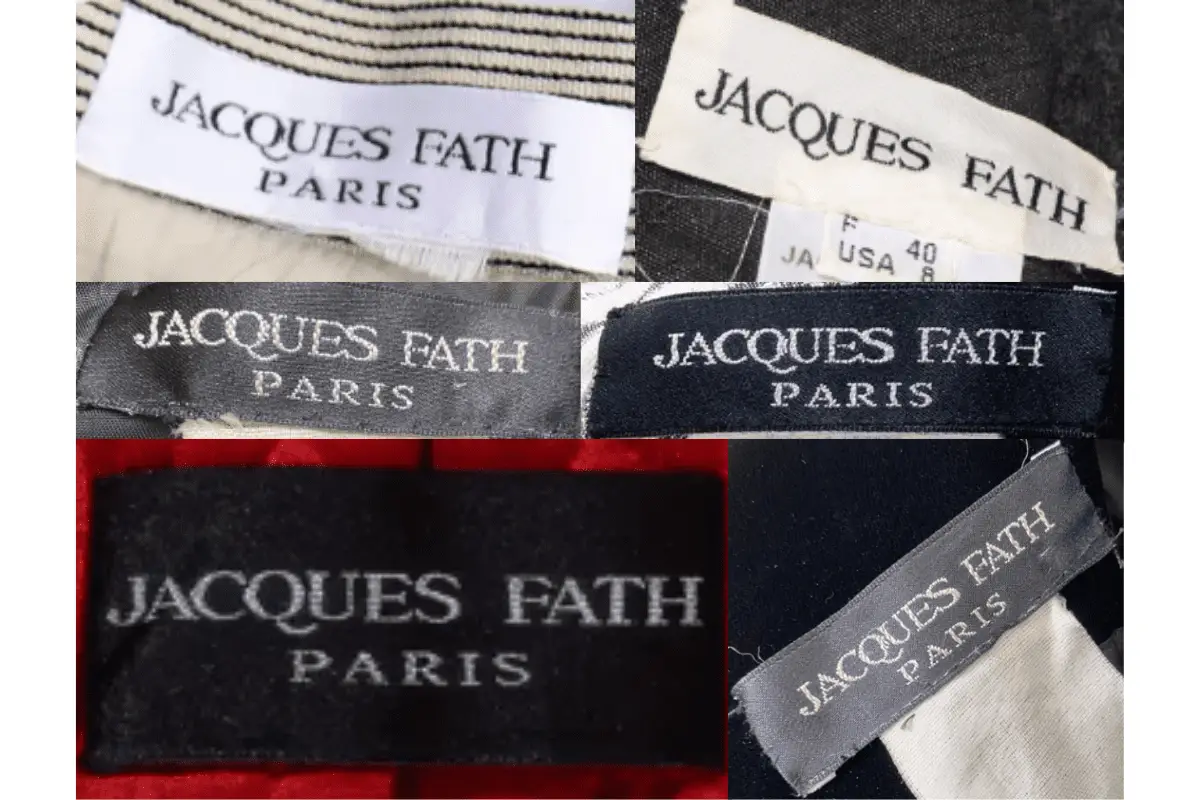
1990s Jacques Fath tags
2000s vintage Jacques Fath tags
- Modernized tags with various font styles, sometimes integrating contemporary design elements.
- Tags could include metallic threads or embroidered details, adding a touch of luxury.
- Continued emphasis on the brand’s Parisian heritage, often highlighted by the inclusion of “PARIS” in the tag design.
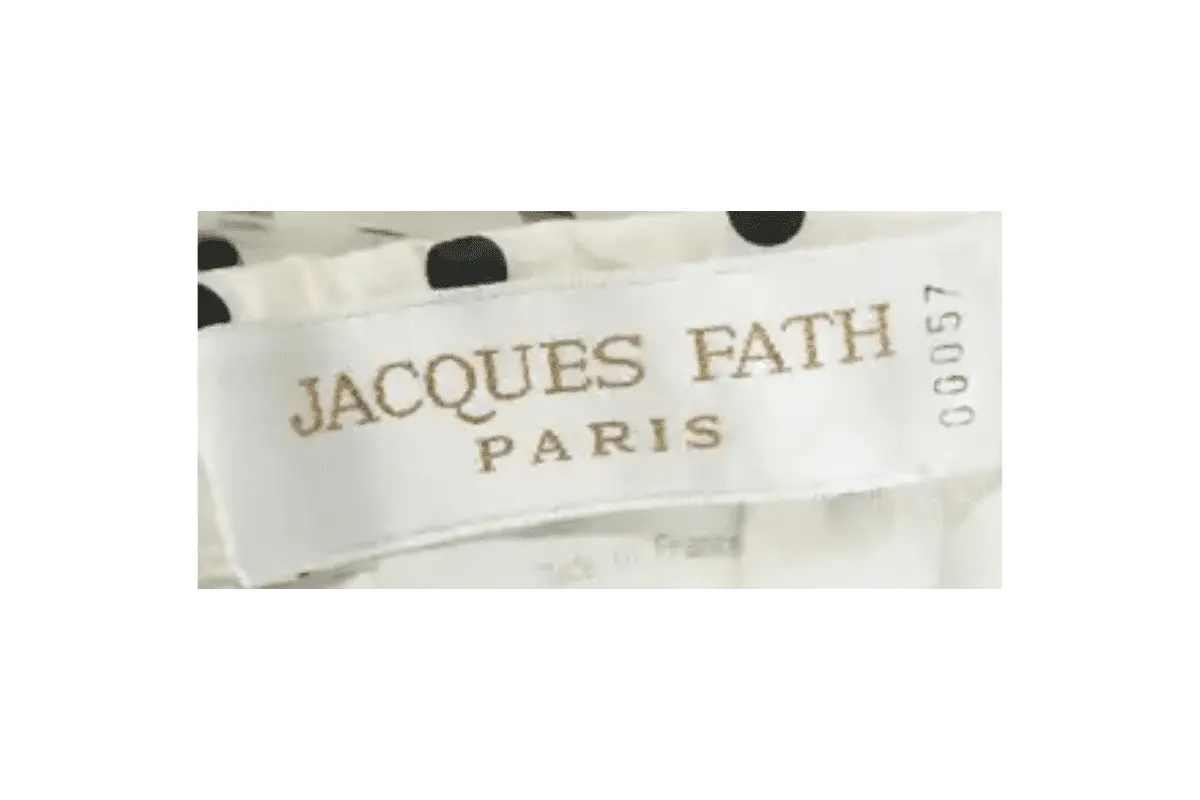
2000s Jacques Fath tags
